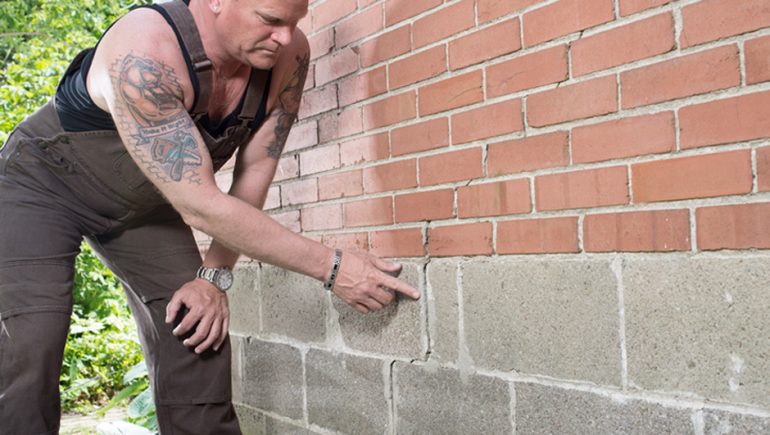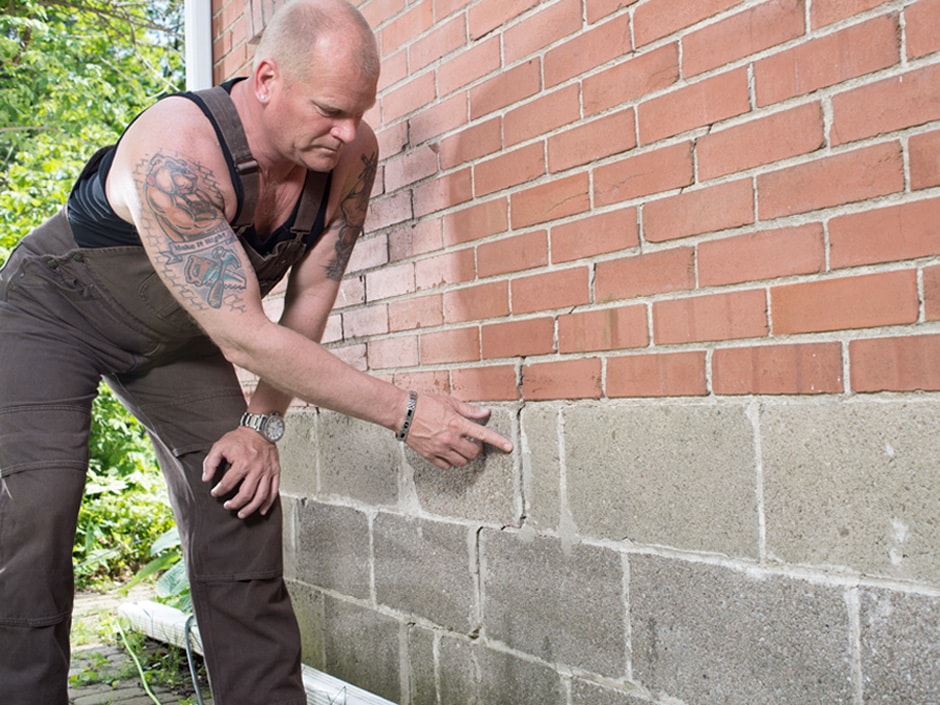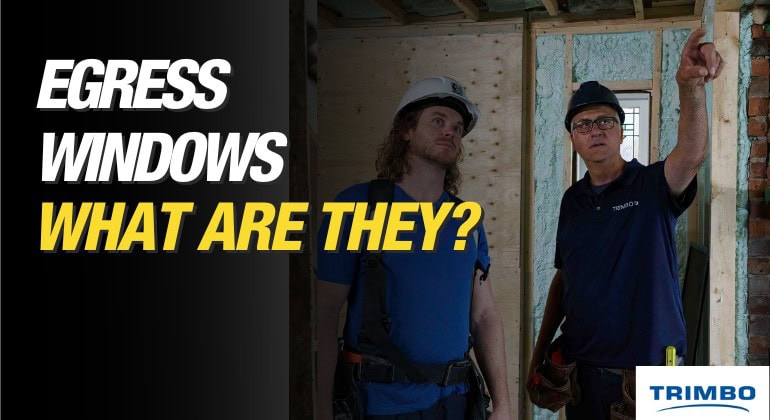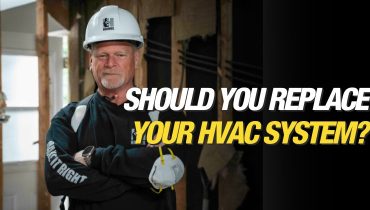When it’s time to replace your HVAC system, you have several options, each with its own benefits. Choosing the right HVAC system depends on your home’s size, climate, energy needs,...

True, North, Strong—and Cement-free
By Mike Holmes
Mike’s Advice / Outdoor Renovations
Thursday, August 16th, 2018 @ 11:26am
Carbicrete: The Canadian
carbon-negative game-changer
Did You Know?
One of the three main components of concrete is cement, the production of which accounts for a whopping 5% of the world’s CO2 emissions!
As a contractor and builder, I use a lot of cement, but I’m always looking for building practices that help keep our planet clean and sustainable for future generations. I don’t think we’ll stop relying on concrete any time soon, but thanks to companies like Montreal’s Carbicrete, we can make that process much more green. Carbicrete has created a technology that uses CO2 emissions to make building materials that are stronger and more environmentally friendly than anything currently on the market – and that’s something that I really love.
Carbicrete’s process helps deflect CO2 emissions through a technology that cheaply captures a by-product from steel manufacturing and recycles it into usable concrete, making a sturdy, carbon-negative product that could revolutionize the building industry.
The Technology
Carbicrete’s advanced technology enables the making of concrete in a way that soaks up CO2, instead of releasing it into the atmosphere. The resulting products are less expensive, more durable and more environmentally-friendly than their cement-based counterparts—all while ridding the environment of harmful emissions. Sounds great, right?
In a nutshell, this is the way the technology works. Carbicrete’s process replaces cement (the binding ingredient) in the concrete mix with ground steel slag, sourced from steel factories. The mix is put into a mold, just like cement-based concrete. Then, instead of curing the concrete in the traditional way, with heat and steam, CO2 is introduced to the product and reacts with the slag. This is what gives it its strength.
How It Can Be Implemented
The Carbicrete process can be implemented by manufacturers in any concrete plant, making it possible to produce precast concrete products without using cement. Not only is it more environmentally friendly, because steel slag is less expensive than cement, the material costs of the process are lower than traditional concrete production. So far, this process has only been used to produce concrete blocks, but that could soon expand to include paving stones and retaining walls.
With carbon pricing expected to ramp up across North America, the advantage of the technology, which yields carbon-negative blocks can offer big economic advantages to manufacturers who adopt this technology.
As a builder, why should this process matter to you? Using sustainable products like these will earn a building project valuable LEED certification points.
Conclusion
As more companies like Carbicrete continue to develop innovative, low-cost building solutions that contribute to the reduction of greenhouse gas emissions, users of construction products will have more and more sustainable options that will also save them money. It’s green, it’s smart, and it’s strong – isn’t that something we want to see more of in our industry?








